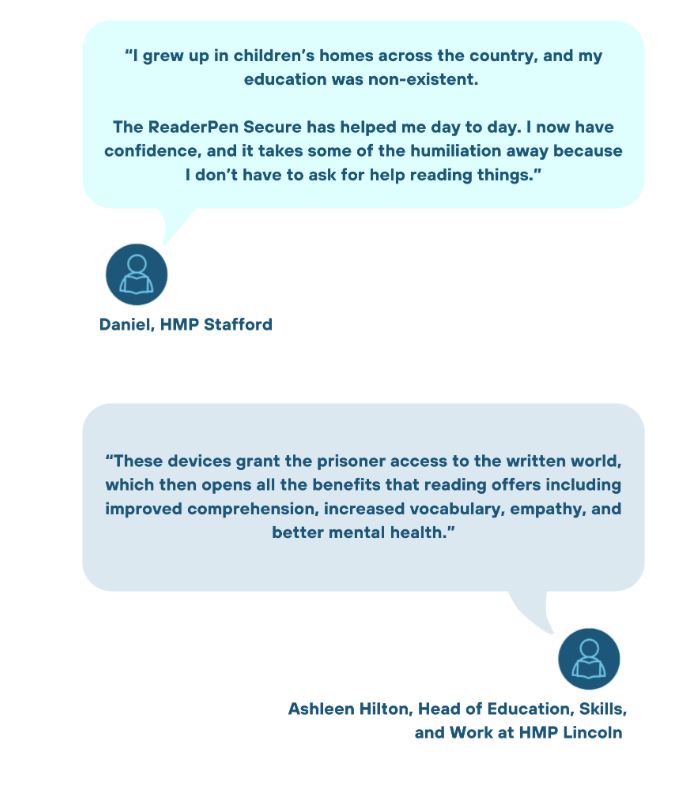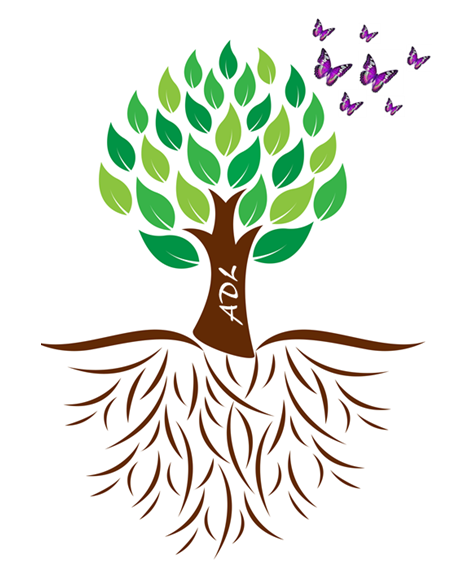Anita Devi with Guest Blogger Jim Bowen
Introduction from Anita (AD): Jim Bowen is the UK Country Manager for Scanning Pens. He and I met online a few weeks back and I was inspired by his story that we felt we had to include it as a blog.
Jim is dyslexic.

The NHS estimates that 1 in every 10 people in the UK has some form of dyslexia.
The British Dyslexia Association (BDA) has adopted the Rose (2009) definition of dyslexia: Dyslexia is a learning difficulty that primarily affects the skills involved in accurate and fluent word reading and spelling. Characteristic features of dyslexia are difficulties in phonological awareness, verbal memory and verbal processing speed. Dyslexia occurs across the range of intellectual abilities. It is best thought of as a continuum, not a distinct category, and there are no clear cut-off points. Co-occurring difficulties may be seen in aspects of language, motor co-ordination, mental calculation, concentration and personal organisation, but these are not, by themselves, markers of dyslexia. A good indication of the severity and persistence of dyslexic difficulties can be gained by examining how the individual responds or has responded to well-founded intervention.
So, what is Jim’s story?
JB: My educational journey was tricky. At a young age, in primary school I was identified as having speech and language problems by my Year 6 teacher, who wasn’t supportive at all. I did have several visits to the hospital, but never got that support and we gave up.
In secondary school I was diagnosed with Dyslexia at 14 and given extra time during exams. A lot of school life, I used the mechanism to be disruptive and remove myself from academic work.
I have always been resilient and found myself having to work harder than the average person, which has helped me excel in my daily life, proving myself to everyone drives me and by using technology. My support network have been able to succeed and be promoted in my role at Scanning Pens from sales team member to sales manager. I’m still learning and developing.
In 2013, Jim graduated from the University of Chester with a degree in Business, Management, Marketing and Related Support Services. For four years, he worked as part of the Tesco Leadership Team. But his heart was set on helping others with difficulties like himself. As an overcomer, he wanted others with similar difficulties to also be in a place to succeed without just relying on ‘hard work’.
Jim pursued his employment engagement with Scanning Pens.
Scanning Pens is the brainchild of a partnership between Toby Sutton and Jack Churchill. Both met at Oxford Brookes and set up a business in 2003. Jack too has dyslexia. Five years later the focus of their business switched specifically to smart pen scanners and in 2014, a decade ago, just as the Children and Families Act 2014 was enacted, the Joint Council for Qualifications (JCQ) exam board allowed the use of pen scanners to be used in UK exams. They have been on a growth trajectory ever since, including introducing the pens into UK Prisons. (AD: This is a great article to read)


AD: What was the breakthrough for you in finding your own solutions?
JB: For me, my mobile it has text to speech on there and Grammarly pro, helps me to identify grammar and spelling issues. Everyday life I’m using this for the workplace, I love E-Books listening to them in the car and podcasts to gain valuable information of my interests.
AD: Who were the key people in your life who helped you?
JB: I’ll never forget my SENCO at secondary, who took us from the bottom class to the top class. This gave insight to people that wanted to succeed and support me. I sat by peers that wanted to help me and I was in a good culture.
My family. My cousin has dyslexia and completely gets it, so this helped me succeed.
AD: What top tips would you give someone with dyslexia?
JB: Just know there’s loads of inspirational people out there, Lewis Hamilton, Richard Branson and many more. Dyslexia is just another way people think and are usually the most creative.
AD: What does your day at work look like?
JB: Every day is different, from managing a team of 11 sales staff, to coaching, supporting and offering my advice towards the sales strategy.
I’m still learning every day, but this is a huge confidence booster and love being able to empower others with our fantastic technology.
From Anita: I hope you make time to check out the links in this blog. I’m so inspired by both Jim and Jack. Just consider how many people they have helped through their work. We know the number of needs in schools and colleges is on the rise and just maybe the future lies with those who have endured, persevered and gone onto succeed. Daily we read newspaper headlines about how the SEND system is broken. What if (in the future) the range of neurodiverse needs will be met by others with neurodiverse needs themselves! That would be quite something, wouldn’t it?
#TeamADL Easter Giveaway
UK ONLY: For schools and colleges in the UK we are giving away a Scanning Pen, plus accredited training (total worth £850). This cannot be replaced by a cash reward.
To submit your chance to win a Scanning Pen and training look out for the special posts on X by @SEND_Leaders Entries close at midnight on 18th April. We will announce the winner on Monday 22nd April.
To Jim, from TeamADL – we wish you every success in the days ahead. Thank you.








